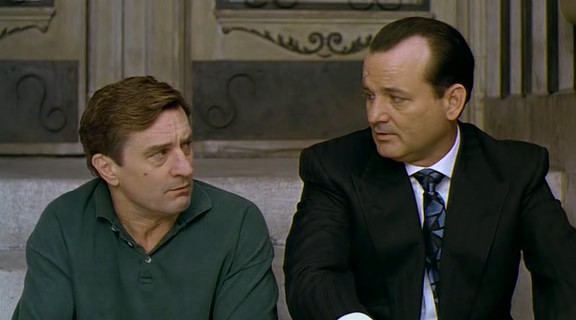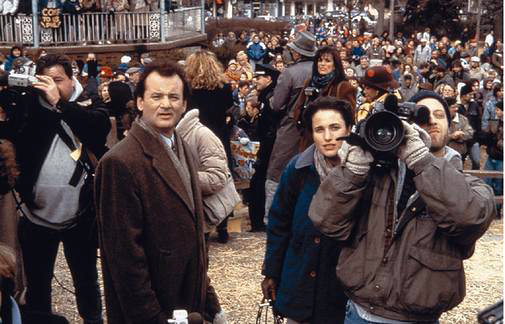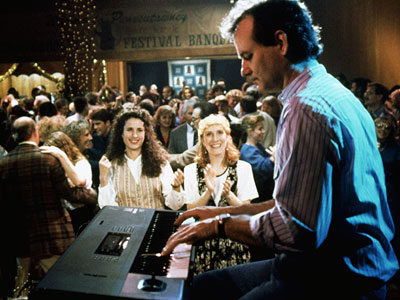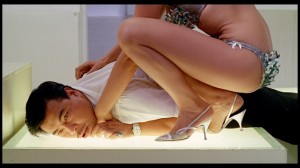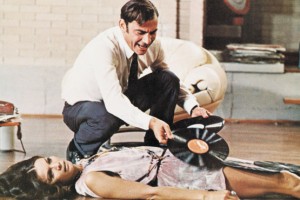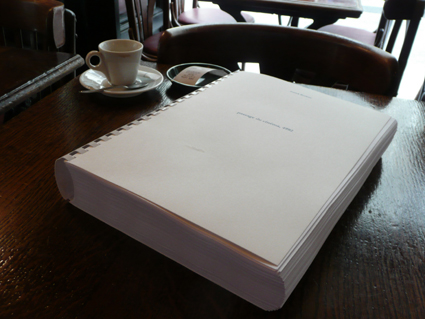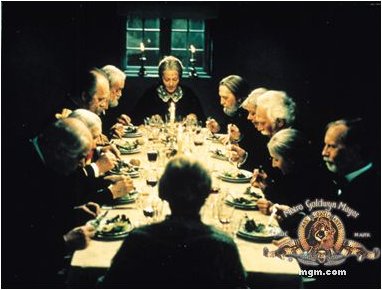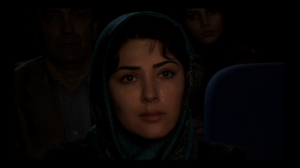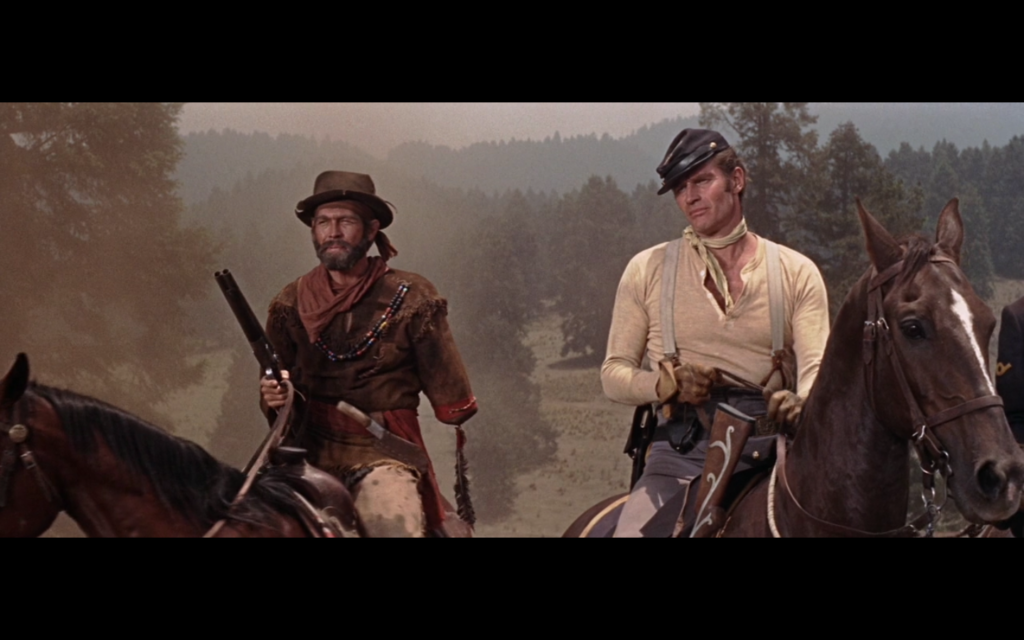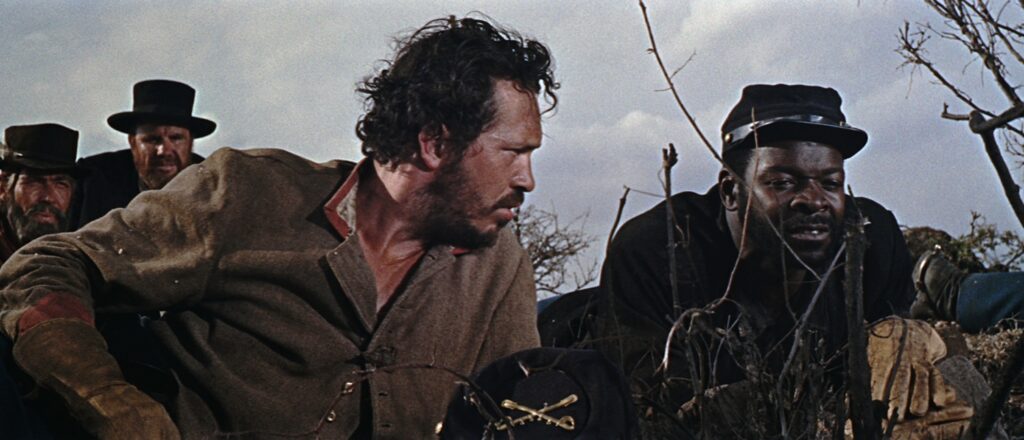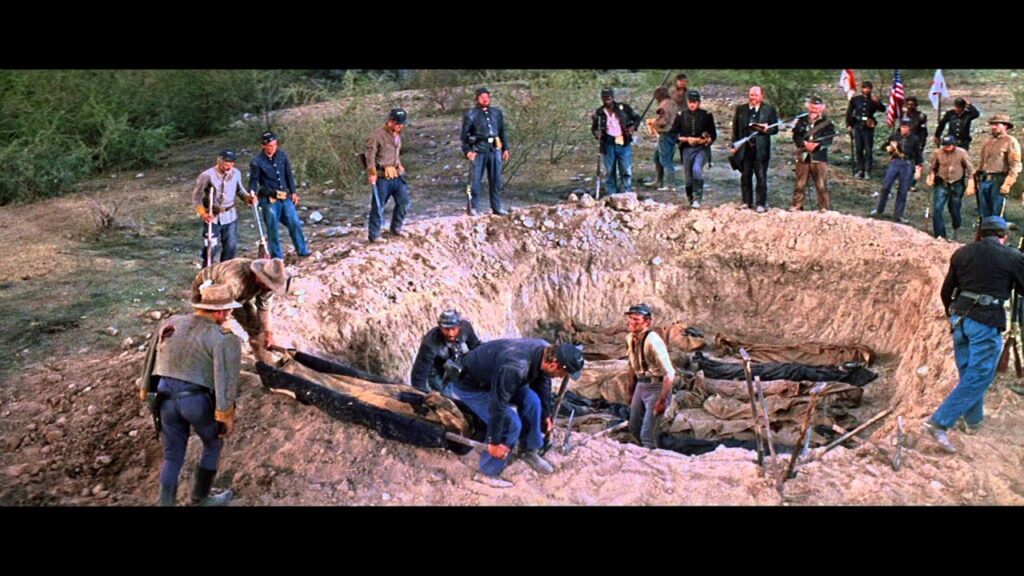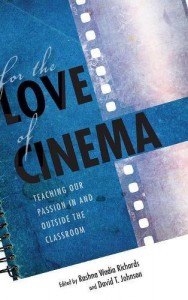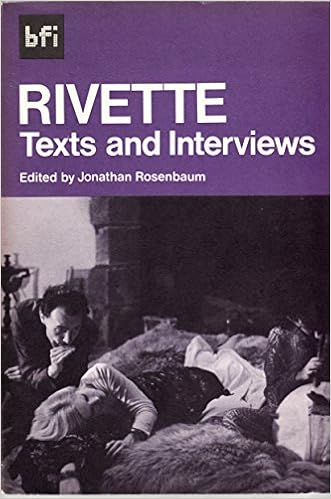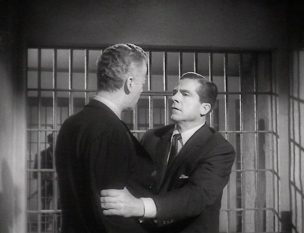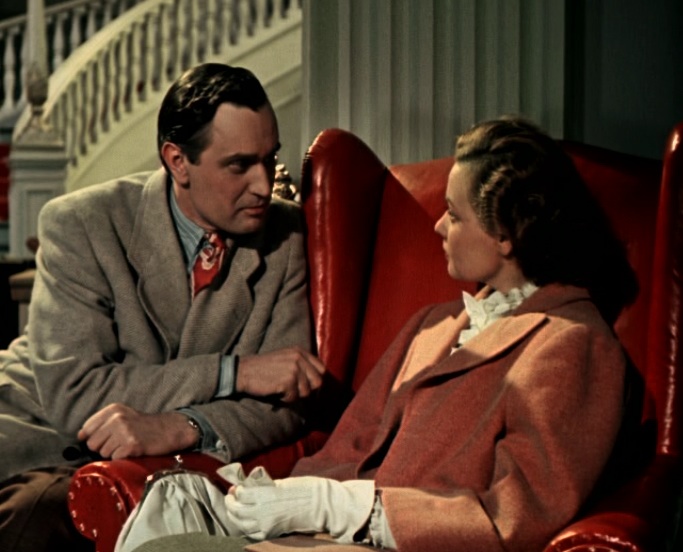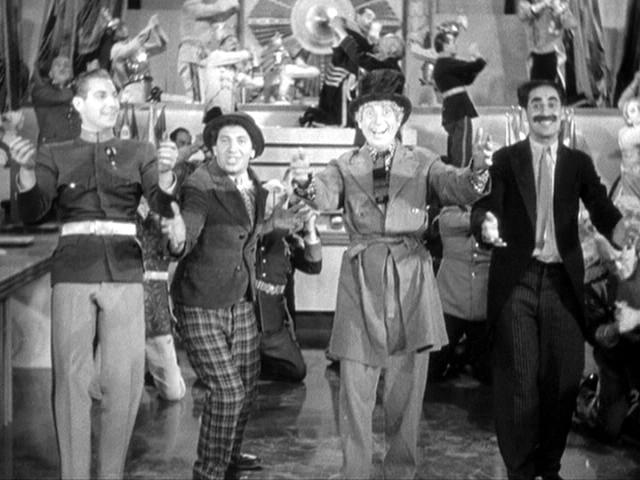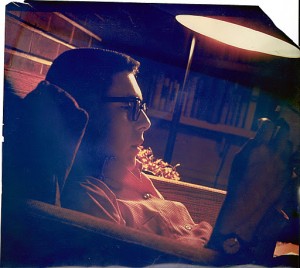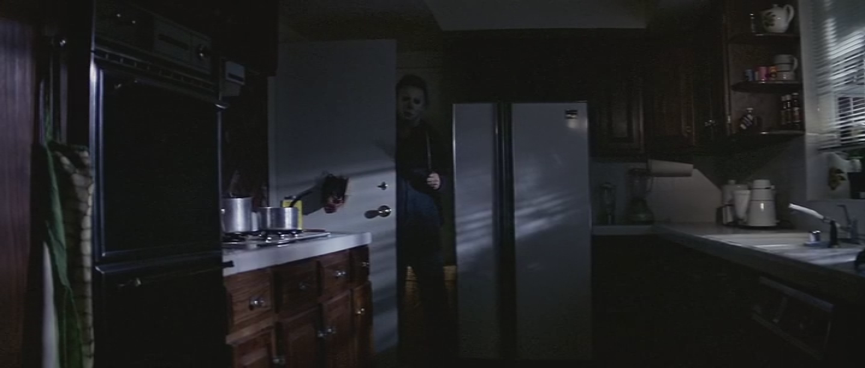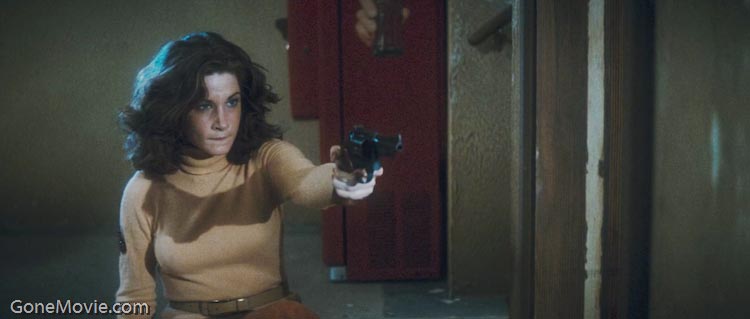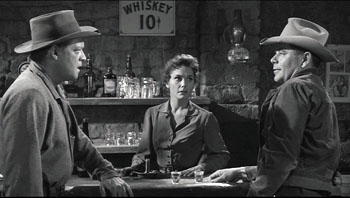From the Chicago Reader (March 5, 1993). –J.R.
MAD DOG AND GLORY
** (Worth seeing)
Directed by John McNaughton
Written by Richard Price
With Robert De Niro, Bill Murray, Uma Thurman, David Caruso, Mike Starr, Tom Towles, and Kathy Baker.
GROUNDHOG DAY
*** (A must-see)
Directed by Harold Ramis
Written by Danny Rubin and Ramis
With Bill Murray, Andie MacDowell, Chris Elliott, Stephen Tobolowsky, Brian Doyle-Murray, and Marita Geraghty.
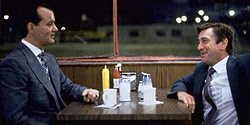
As far as the mainstream is concerned, Martin Scorsese and Robert De Niro are beacons of artistic integrity and originality, while Harold Ramis and Bill Murray are at best unpretentious entertainers; screenwriter Richard Price (The Color of Money, Sea of Love) is a respected pro, and director John McNaughton (Henry: Portrait of a Serial Killer, The Borrower) is a promising maverick. But all of these assumptions are challenged in one way or another by the two latest Bill Murray movies. In Price and McNaughton’s Mad Dog and Glory, produced by Scorsese, artistic integrity, originality, craft, daring, and promise seem in shorter supply than in Ramis’s Groundhog Day.
I may be oversimplifying certain issues here. Groundhog Day, which boasts no interesting characters, is held in place by a narrative premise so shopworn — big-city grouch discovers small-town virtues and the error of his ways — that merely thinking about it makes me want to doze off.

